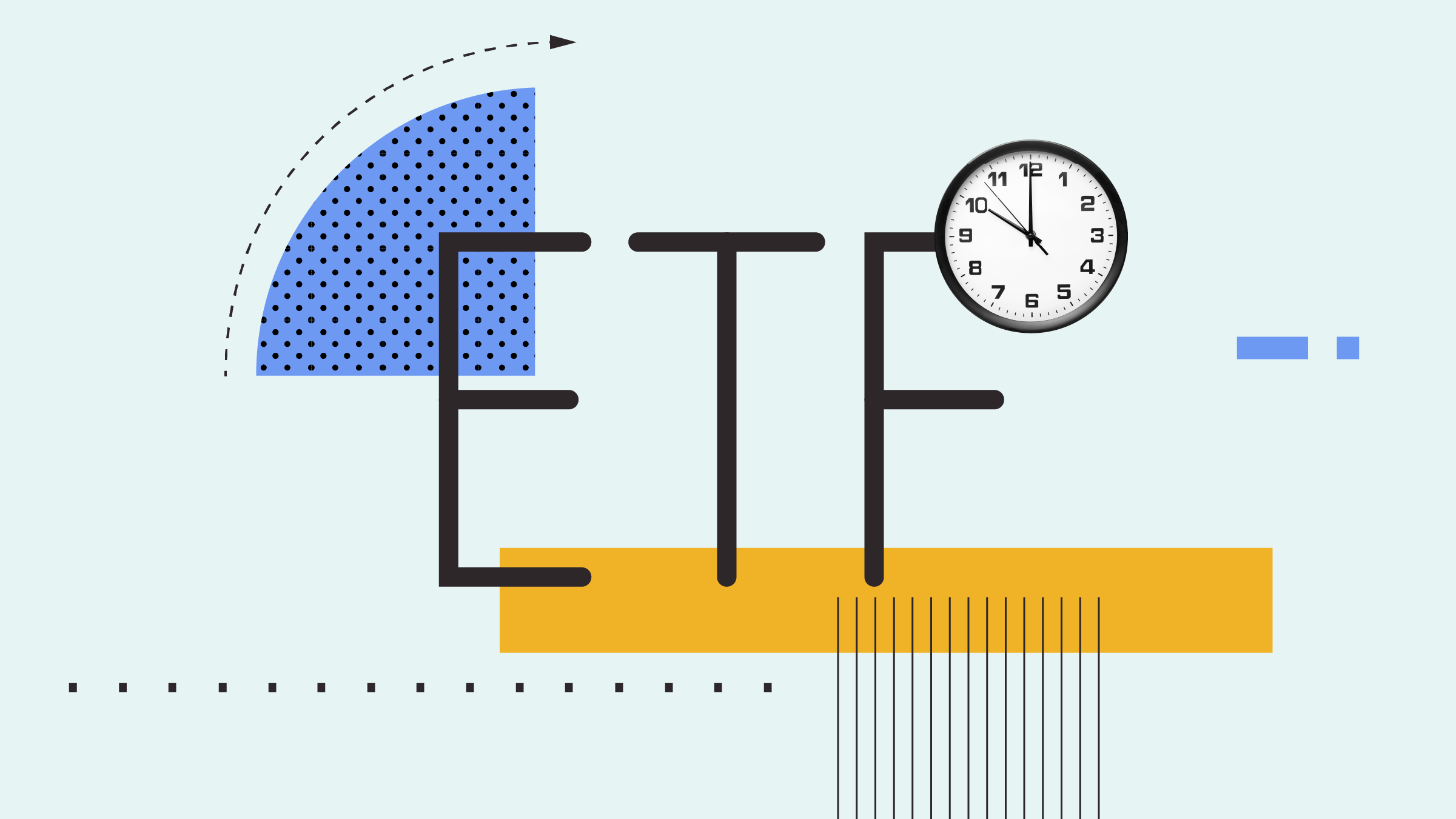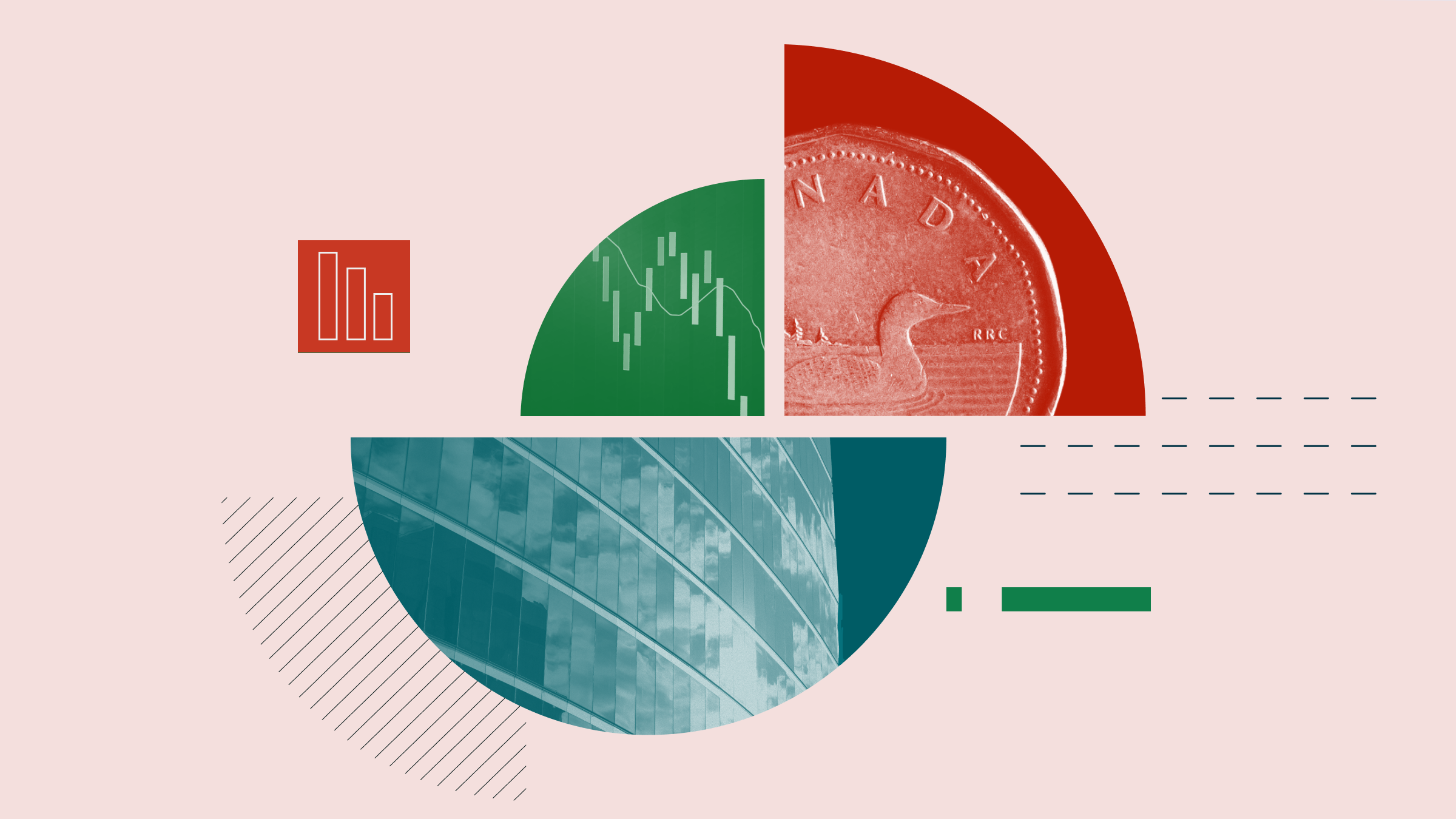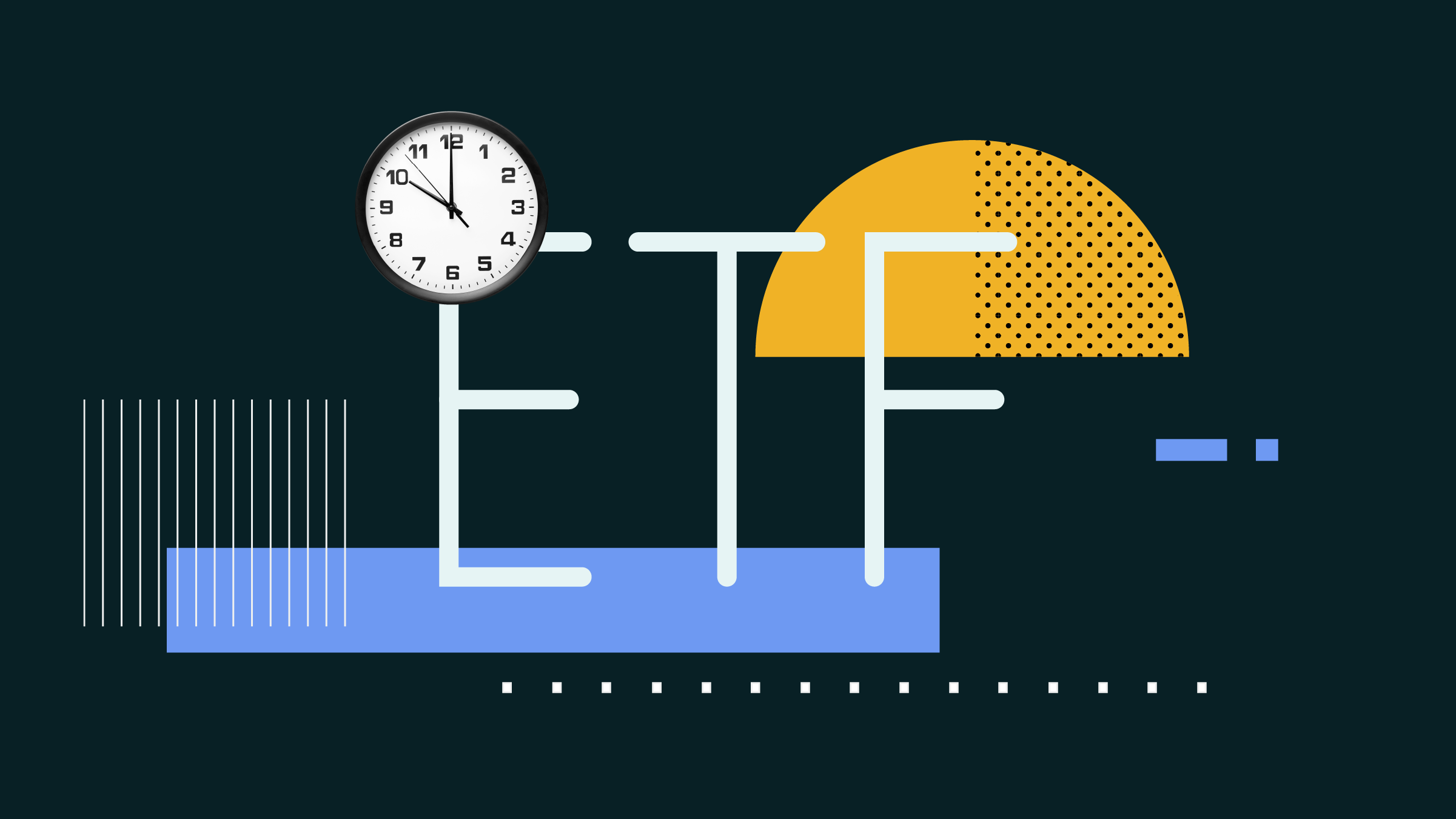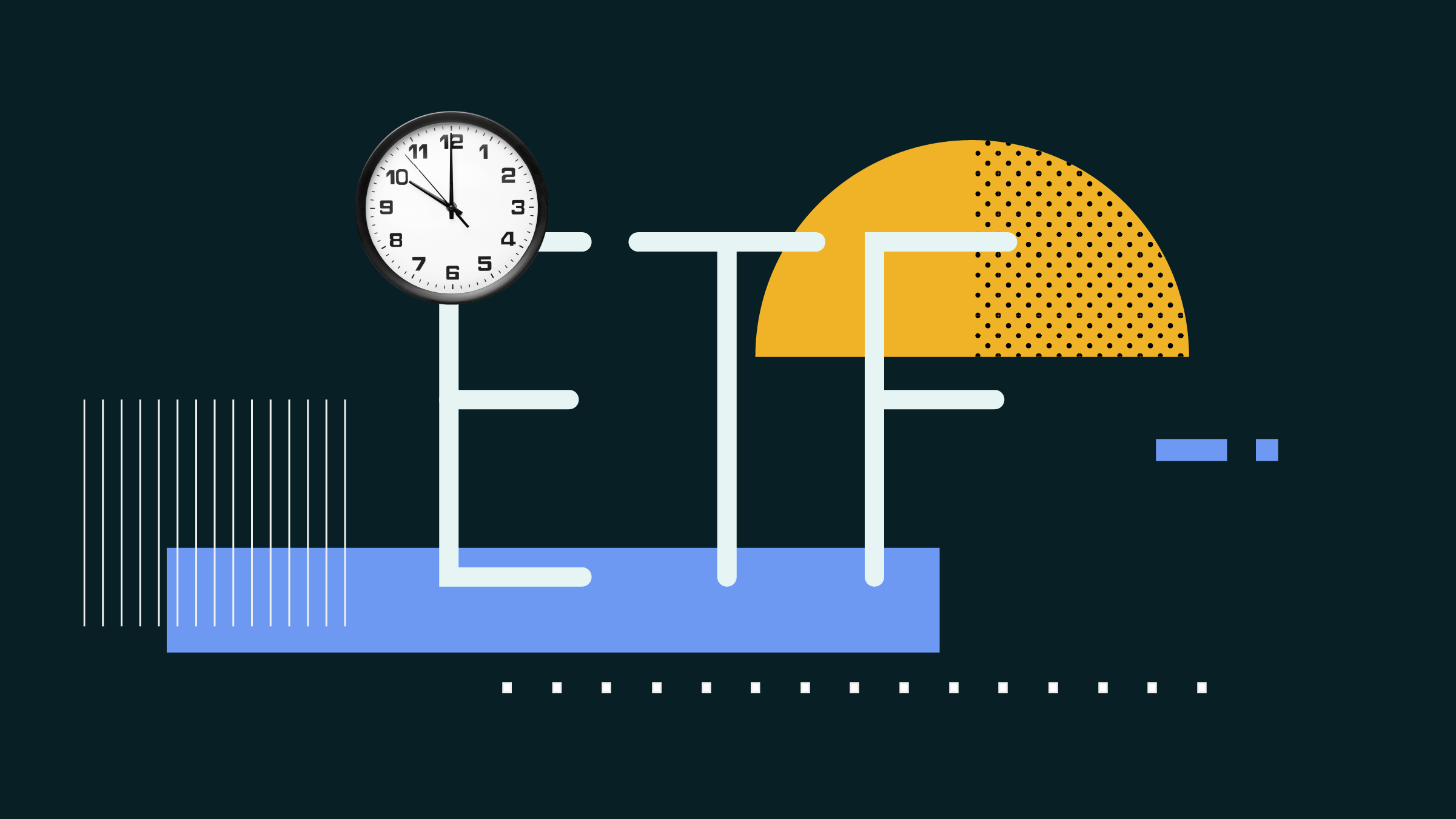
Key Takeaways
- New tariffs from the Trump administration are raising worries about a recession and could worsen short-term inflation pressures.
- Analysts say Fed officials may focus on slowing growth and cut interest rates more than previously expected this year to support the economy.
- Bond futures markets are now pricing in a higher chance of rate cuts at the Fed’s May meeting and throughout the rest of the year.
As global markets plunge in the aftermath of the Trump administration’s sweeping new tariff plan and worries about a potential recession rise, investors are thinking the Federal Reserve may now move faster to cut interest rates.
The shift has to do with the changing outlook for growth in the United States, according to analysts. While new tariffs could exacerbate inflation in the short term, it’s possible that the Fed may support the economy by lowering interest rates rather than keeping rates restrictive to combat elevated price pressures.
On Friday, Fed Chair Jerome Powell said the central bank will not rush any policy moves: “It feels like we don’t need to be in a hurry. We’re going to have to wait and see how this plays out before we start to make adjustments.”
But the outlook remains fluid. “A tariff-induced economic downturn may be enough” to prompt the Fed to cut despite elevated inflation, explains Dominic Pappalardo, chief multi-asset strategist at Morningstar Investment Management. That would be a departure from the Fed’s typical inflation playbook, which calls for restrictive policy to temper price pressures.
Sign up for our webinar on April 8 to learn more about where we expect the economy to go from here.When Will the Fed Cut Rates?
Treasury yields have been falling alongside stocks as investors reduce their expectations for growth down the line, with the yield on the 10-year Treasury note falling below 4% on Friday.
“The market is clearly more concerned with economic growth than they are with inflation from the tariffs,” says Michael Arone, chief investment strategist at State Street Global Advisors. “I’m sure the Fed would share that concern.”
Bond futures markets are pricing in an 85% chance of more than three rate cuts before the end of the year, according to the CME FedWatch Tool. That’s up from expectations of between one and two cuts before the tariff announcement. If the Fed cuts four times, it would bring the target federal-funds rate down to a range of 3.25%-3.50%—2 full percentage points lower than its peak last year.
Federal-Funds Rate Target Expectations for May 7, 2025 Meeting
undefined
Traders now see a roughly 30% chance that the central bank cuts rates at its May meeting, compared with the 22% odds given on Thursday. Futures trading was volatile on Friday, with odds of a May cut rising as high as 40% in the early afternoon. A June cut remains seen as most likely, given odds of 70%.
The Fed’s Dilemma
This is far from a simple calculation. “The Fed has been trapped between supporting economic activity and fighting inflation, and unfortunately, [the tariff] news puts additional pressure on both factors,” explains Pappalardo.
In prepared remarks on Friday, Powell acknowledged that dilemma: “It is now becoming clear that the tariff increases will be significantly larger than expected. The same is likely to be true of the economic effects, which will include higher inflation and slower growth.”
Powell emphasized that the Fed would be prepared to respond to higher inflation as necessary but also made clear that it’s prepared to wait to assess the evolving outlook before making any policy moves—a stance the central bank has maintained in the first months of this year.
Sameer Samana, head of global equities and real assets at the Wells Fargo Investment Institute, doesn’t expect the Fed to abandon its inflation mandate altogether. “They might be slower [to support the economy and labor market] than they otherwise would if the inflationary pressures weren’t present,” he says. “That would make them less positively impactful.”
The author or authors do not own shares in any securities mentioned in this article. Find out about Morningstar's editorial policies.















